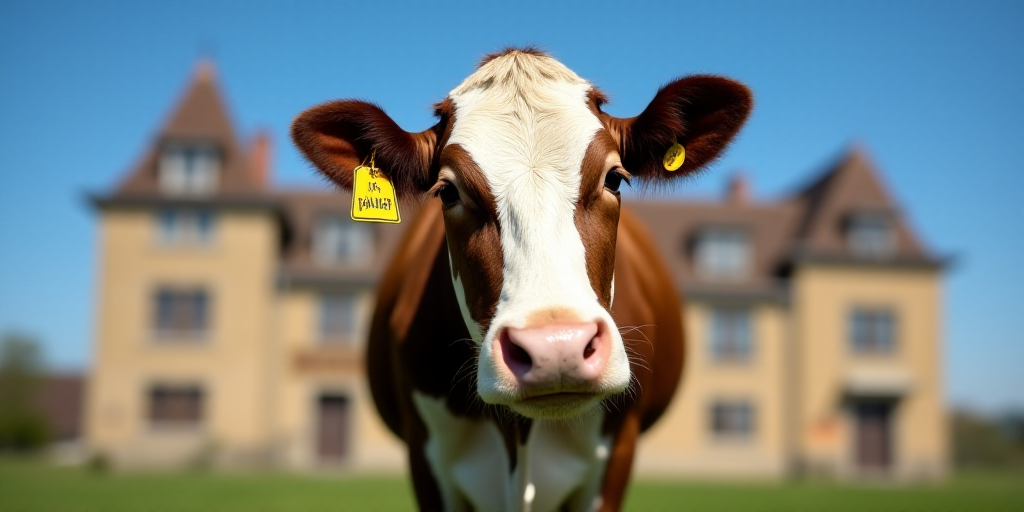Background on Key Players and Context
The United States Department of Agriculture (USDA) recently suspended beef cattle imports from Mexico due to concerns about the spread of a parasitic worm known as the “New World Cattle Barber.” This decision has led to a surge in cattle futures prices, raising concerns about the impact on both the US and Mexican meat industries.
Claudia Sheinbaum, the President of Mexico City, described the suspension as unjust. The parasite, which can kill its host within weeks by infecting open wounds, has been eradicated in the United States since 1966. However, the USDA has warned about the risk of reintroduction.
The Parasite Detection and subsequent USDA Action
In November, the parasite was detected in Mexican cattle herds in southern Mexico, prompting the USDA to temporarily halt imports. On Sunday, Brooke Rollins, the US Secretary of Agriculture, announced the continuation of this import ban through the southern border due to the “unacceptable northward advance” of the pest.
Rollins stated that this measure would be applied “month by month.” In response, Julio Berdegué, Mexico’s Agriculture Secretary, mentioned that the interruption would last 15 days. President Sheinbaum echoed this statement during her daily press conference, expressing hope for the prompt lifting of the “unjust” measure.
Impact on US and Mexican Beef Industries
The United States typically imports over a million head of cattle annually from Mexico. With declining supplies of US cattle and rising beef prices due to reduced grazing lands caused by droughts, the recent USDA action has further strained both industries.
- US cattle imports from Mexico usually amount to more than one million head per year.
- Droughts have decreased grazing lands, compelling ranchers to downsize their herds in recent years.
- The USDA’s decision to halt Mexican cattle imports has exacerbated existing supply shortages and pushed beef prices to record highs.
Cattle Futures Market Reaction
On the day of the announcement, live cattle futures traded at the Chicago Mercantile Exchange reached historical highs. June live cattle futures ended 2.15 cents higher at $216.825 per pound, while August feeder cattle futures rose 6.075 cents to $306.375 per pound.
The National Cattlemen’s Beef Association acknowledged that the border closure would negatively affect US and Mexican farmers and ranchers, causing supply chain disruptions. However, they emphasized that the economic costs would be “much lower” than allowing the New World Cattle Barber to cross into the United States.
Key Questions and Answers
- What is the parasite causing the import ban? The parasite in question is the “New World Cattle Barber,” which can infect open wounds on cattle and lead to death within weeks.
- Why did the USDA suspend Mexican cattle imports? The USDA took this action to prevent the potential reintroduction and spread of the New World Cattle Barber parasite, which has been eradicated in the United States since 1966.
- How has this ban affected cattle futures prices? The suspension of Mexican cattle imports has driven cattle futures to record highs, reflecting concerns about reduced supply and rising beef prices.
- What is the typical volume of cattle imported from Mexico to the US annually? The United States usually imports more than one million head of cattle from Mexico each year.
- How have droughts impacted the US cattle industry? Droughts have reduced grazing lands, forcing ranchers to downsize their herds and contributing to existing supply shortages in the beef market.






